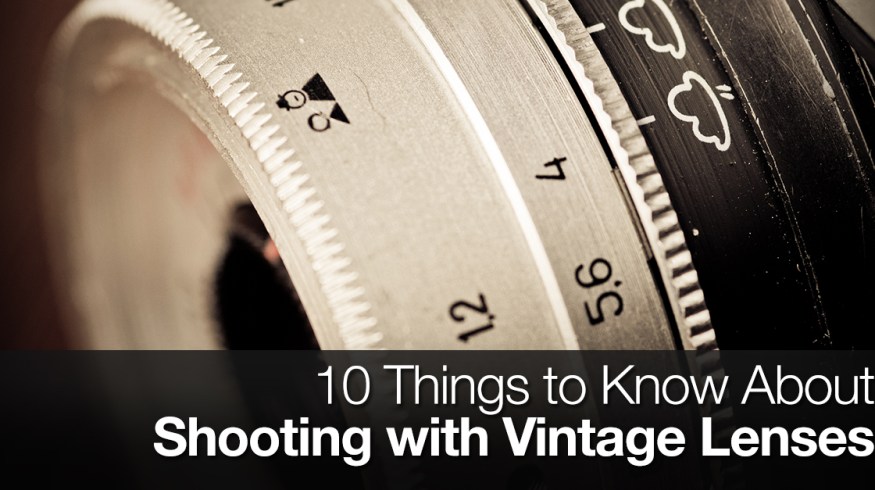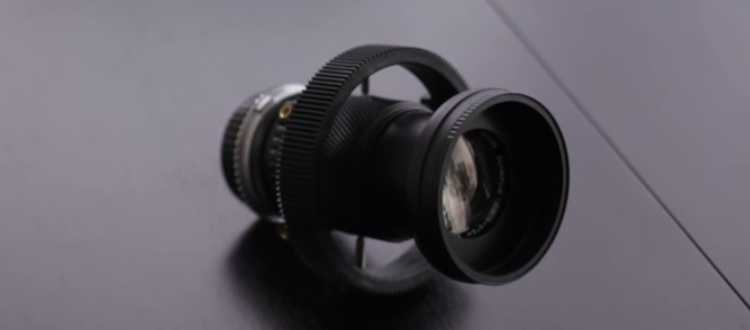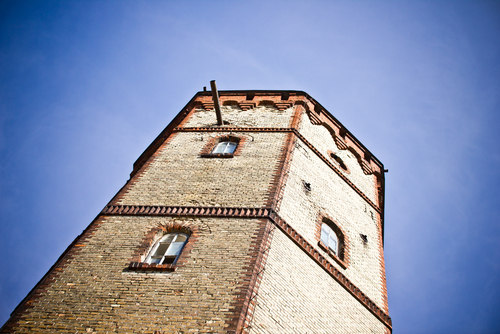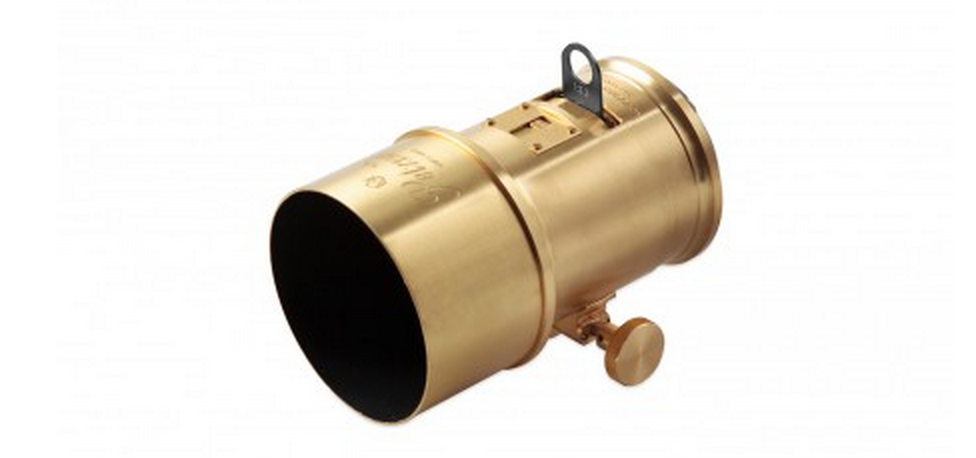
10 Things to Know About Shooting with Vintage Lenses
Follow tips when outfitting your digital camera with vintage glass.
There has be a recent revival among vintage lenses in the photo and filmmaking community. Perhaps it’s the hip look or the affordable pricing that is driving pros to shoot and experiment with used glass. For now, you can still get many lenses for a bargain – but with the recent uptick in popularity the price of used lenses may increase as well.
Whether you are new to vintage lenses, or just interested in learning more about them, check out our 10 things you should know.
1. You can use vintage glass on your camera.
Using simple adapters you can adapt vintage lenses to a variety of modern lens mounts including Micro 4/3, Canon EF, Nikon F, & Sony E. These adapters come in a variety of prices, some for under $10.

Image courtesy of FStoppers
2. Vintage glass is cheaper than modern glass.
If you were to compare a vintage lens to a modern lens you will quickly find that most vintage lenses are much cheaper. For example an Olympus OM 50mm f/1.4 can be picked up for around $90 on Ebay compared to a comparable new Canon lens which goes for $400.
3. Most vintage lenses have external aperture control.
If these vintage lenses didn’t have external aperture control it would be very difficult to use them in modern productions. This is due to the camera’s inability to communicate with lens. However, when you have external aperture control you can change the f-stop with a simple wheel turn.
4. Most vintage lenses can be easily de-clicked.
De-clicking a lens can be an extremely scary process, especially if you trying to de-click a modern lens. Thankfully, vintage lenses don’t have the same build as modern lenses. Vintage lenses are usually held together by very easy to access screws, making them easy to take apart and de-click. You also don’t have to worry about damaging computer components inside vintage lenses.
For a primer on de-clicking lenses check out this informative post and video by Matthew Duclos.
5. Some vintage lenses have awesome distortions.
While it may not be great for shooting modern portraits or weddings, the distortions created by shooting on vintage glass can be incredibly stylish and unique. Vintage glass usually has more chromatic aberrations and the focus can be a little soft, but if you are wanting to get the popular ‘Instagram/hipster’ look, vintage glass is perfect.

Courtesy of PetaPixel
6. Vintage lenses can’t autofocus on your camera.
Because your modern camera wasn’t designed to communicate with old lenses you will (probably) not be able to use the autofocus feature. There are a few exceptions with vintage Nikon F mount lenses, but even then, it can be difficult to get the old autofocus parts to function correctly. This makes it difficult to use vintage glass in a photography context, but for film or video this shouldn’t be a problem.
7. You can add gear rings to vintage glass to make them cine-lenses.
The internet is full of adaptable gear rings that make any lens a ‘cine-lens’. If you want to learn more about creating a cine-lens out of vintage glass check out our previous post on the subject.

Courtesy of Caleb Pike
8. Most vintage lenses have some vignetting (but in a good way).
Distance and size isn’t always perfect with vintage glass, so you can expect to see vingetting with most older lenses. While some would argue that vingetting is a bad thing, it can sometimes create an interesting effect. This is particularly helpful if you are trying to get a vintage look with your lens, but it all depends on your personal preference.

9. Buying good adapters is crucial when using vintage lenses.
While you may be able to pick-up a cheap adapter for $10 on Amazon that doesn’t mean that it is a good adapter. When adapting for vintage lenses every millimeter matters. So, if an adapter was cheaply made it could potentially have focusing issues, or worse mess up your camera. Be sure to do your research and go for quality when you’re picking a lens adapter.
10. Some vintage lenses are coming back.
If you’ve been following the Petzval lens you have probably seen the amazing footage and images it can create. In short, the Petzval lens was a vintage lens from the mid-1800’s that has recently been recreated for the modern user. Instead of having to buy an adapter, the Petzval lens comes natively in both Canon and Nikon lens mounts. If you want to read more about the new/old Petzval lens check out our previous post on Petzval lenses.

Have you had any experience with shooting on vintage glass? Let us know how it went in the comments below.






